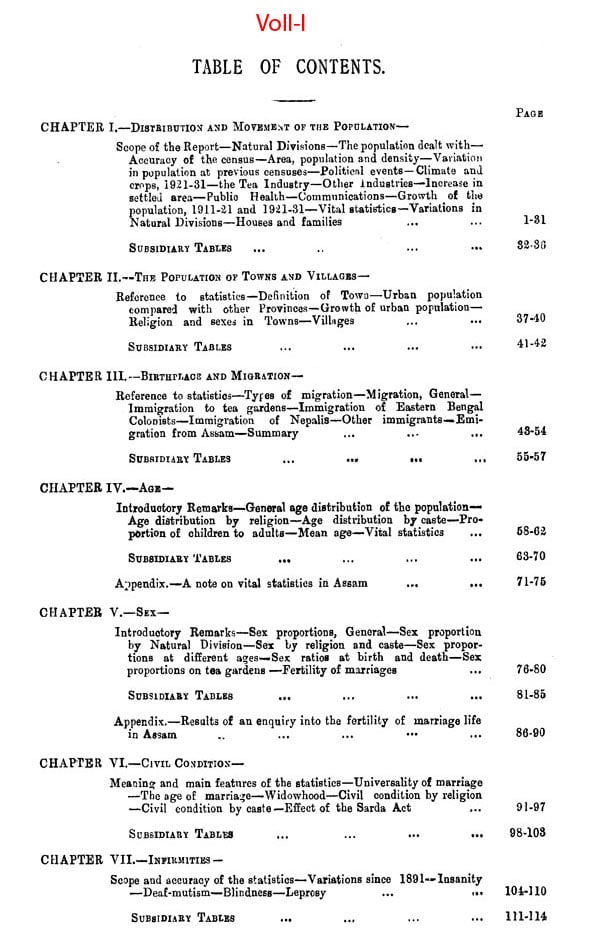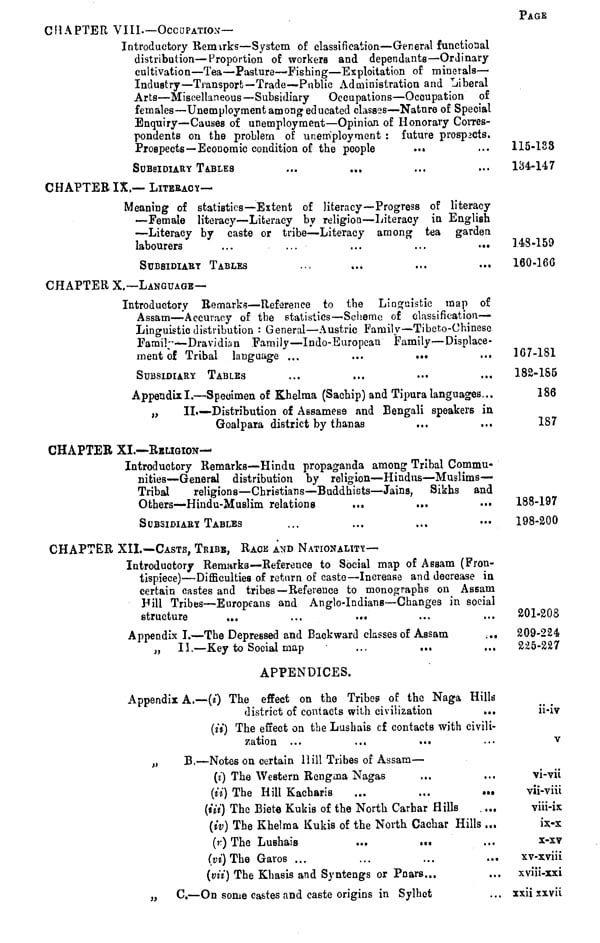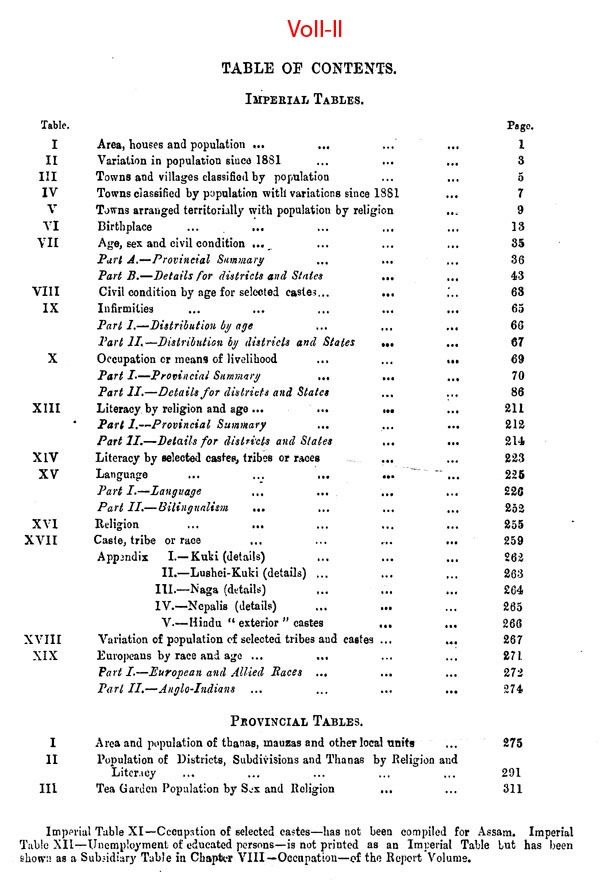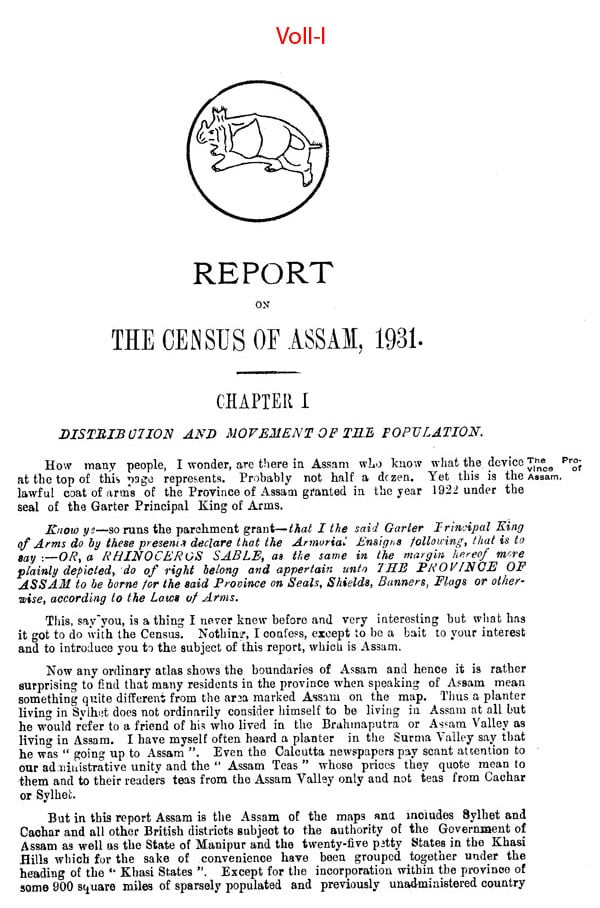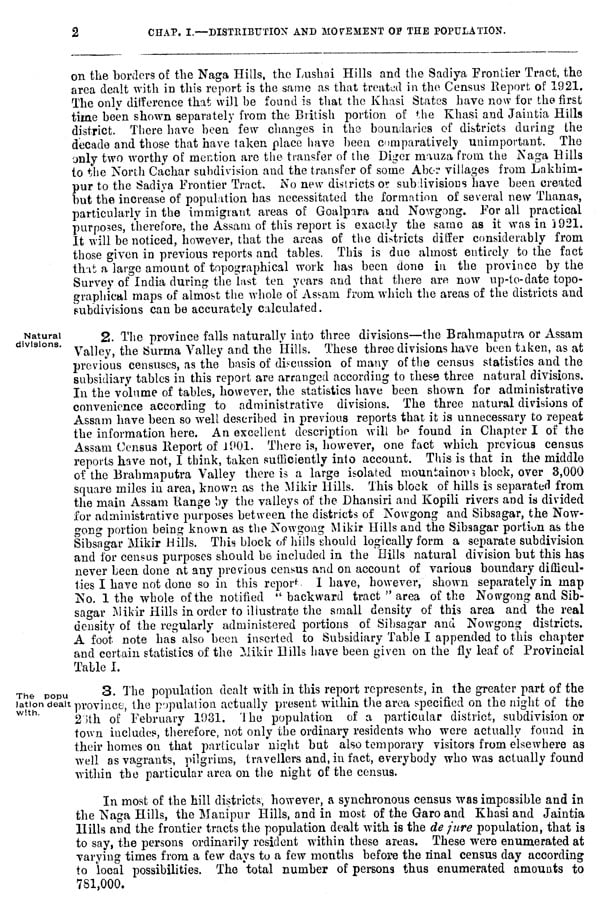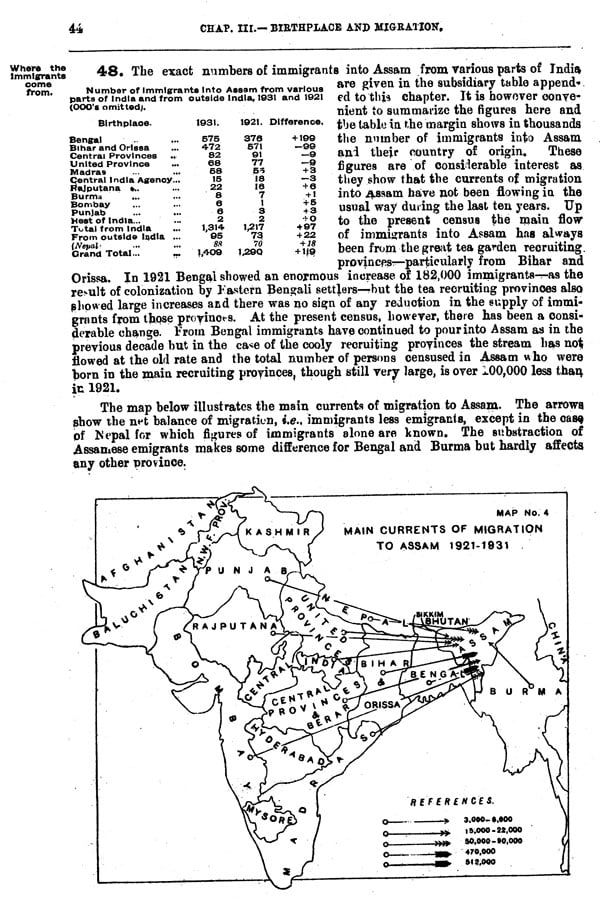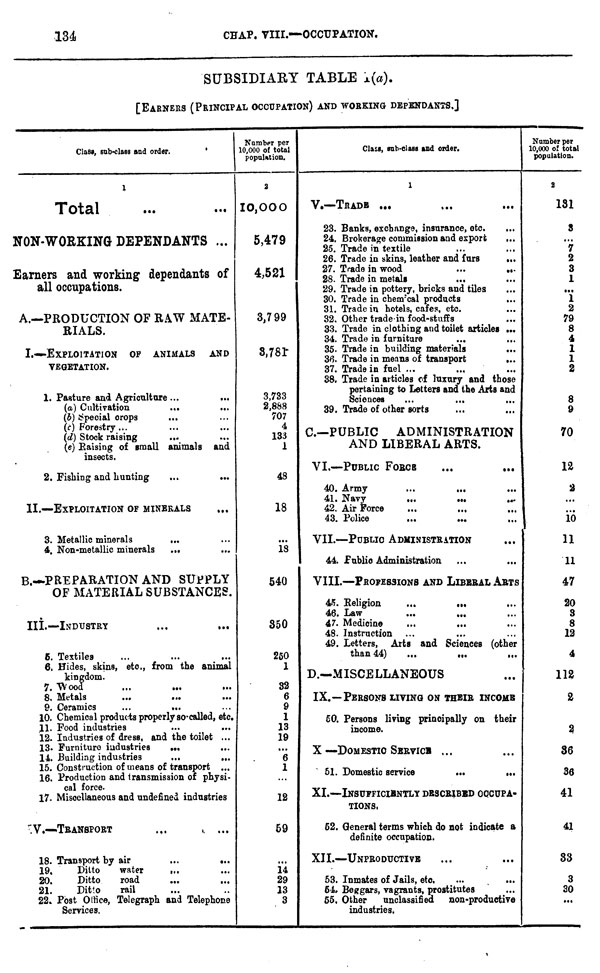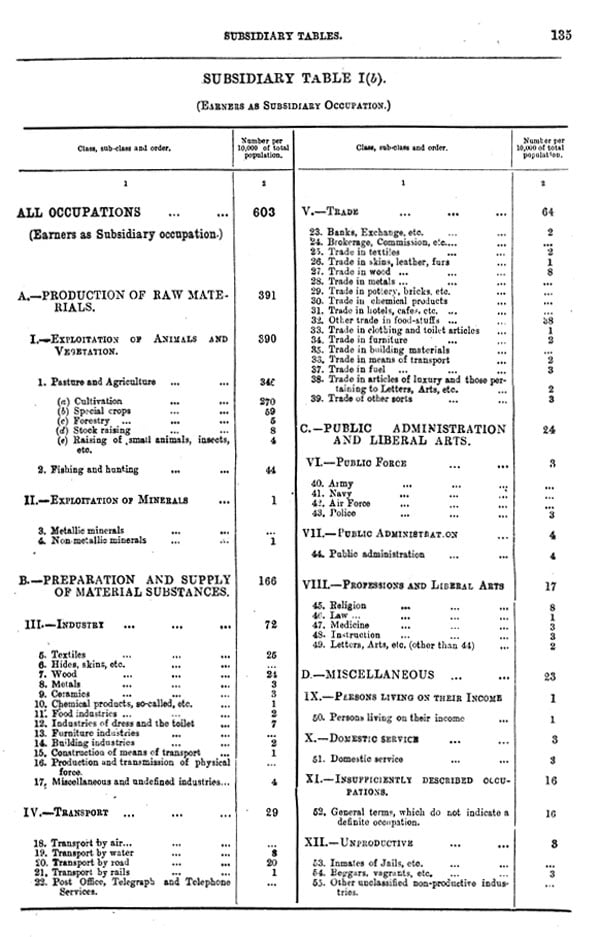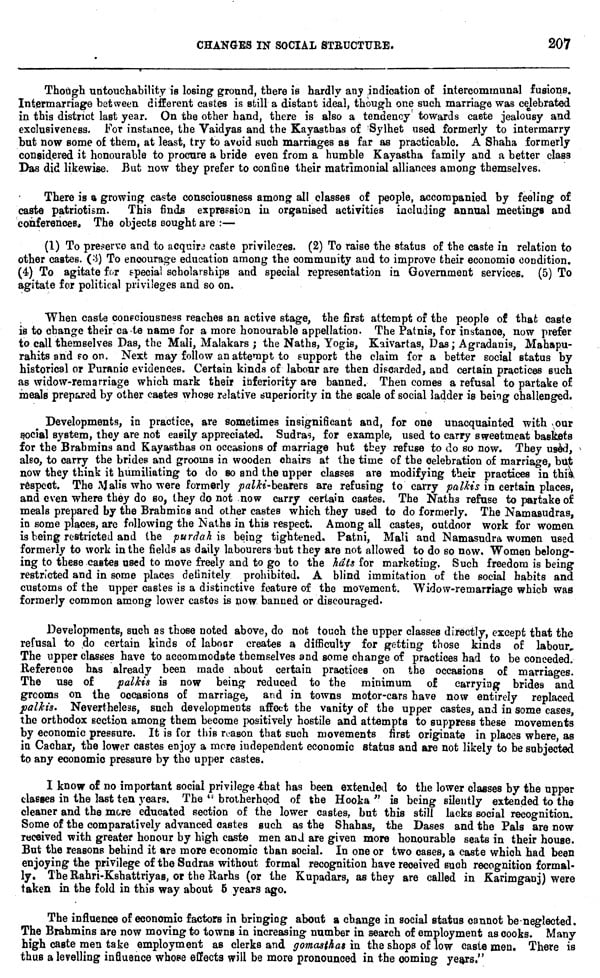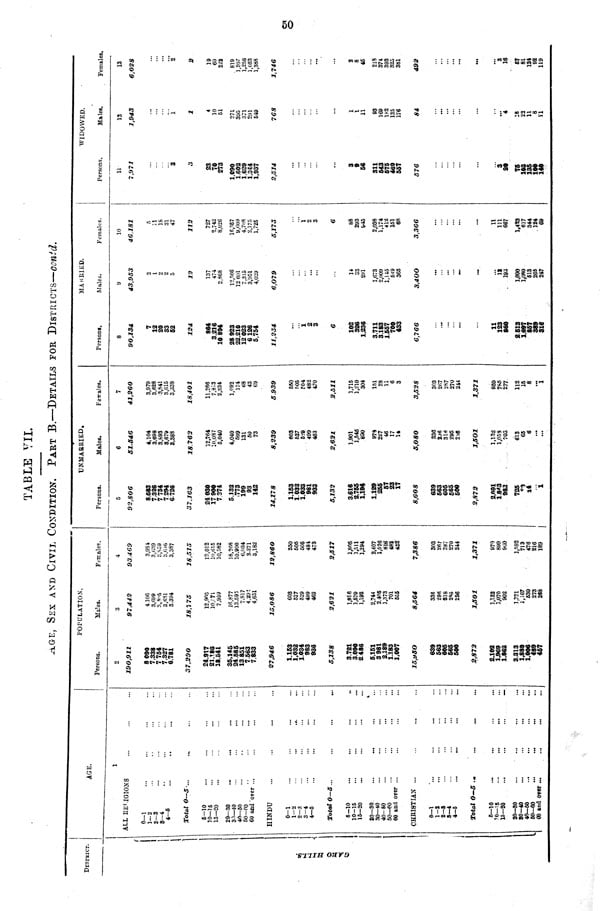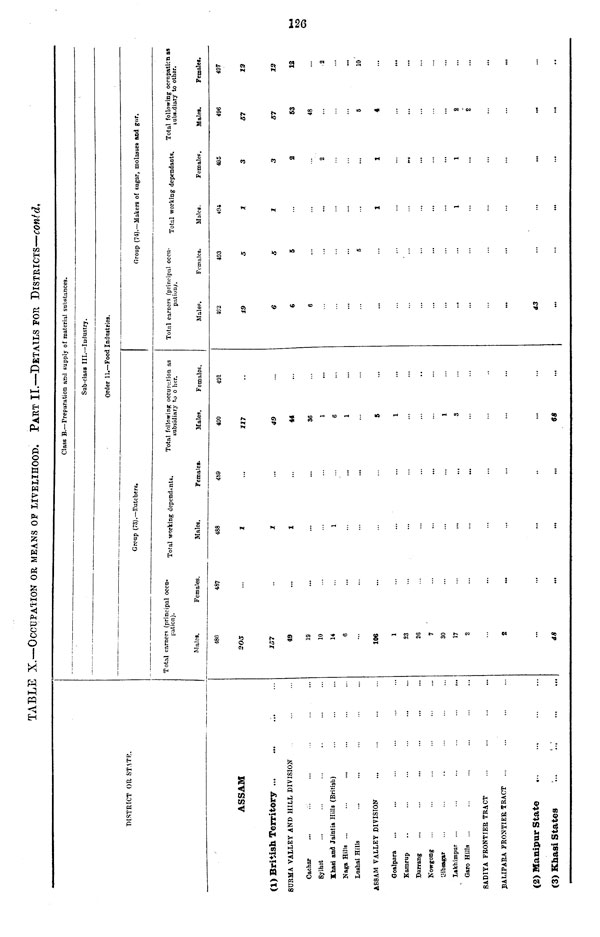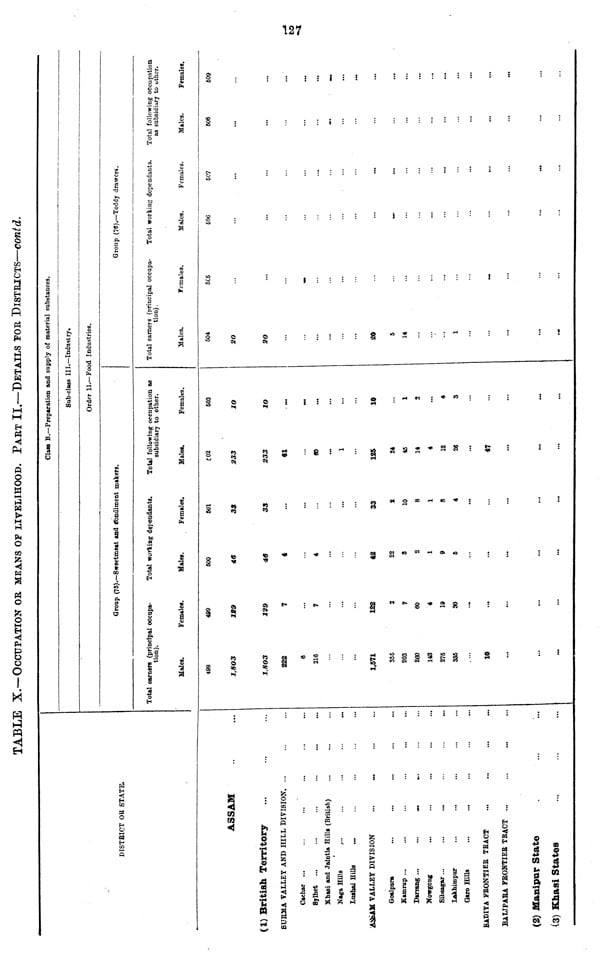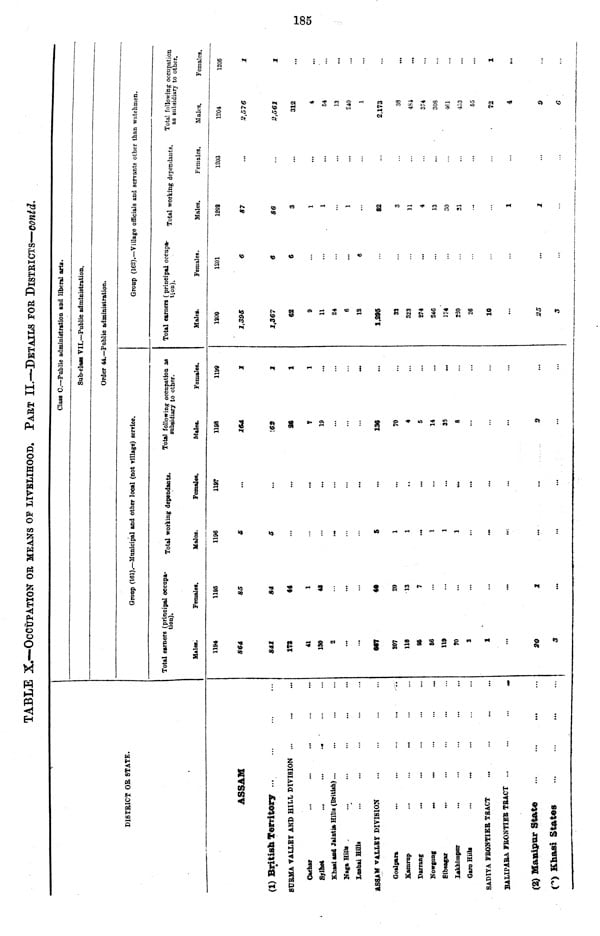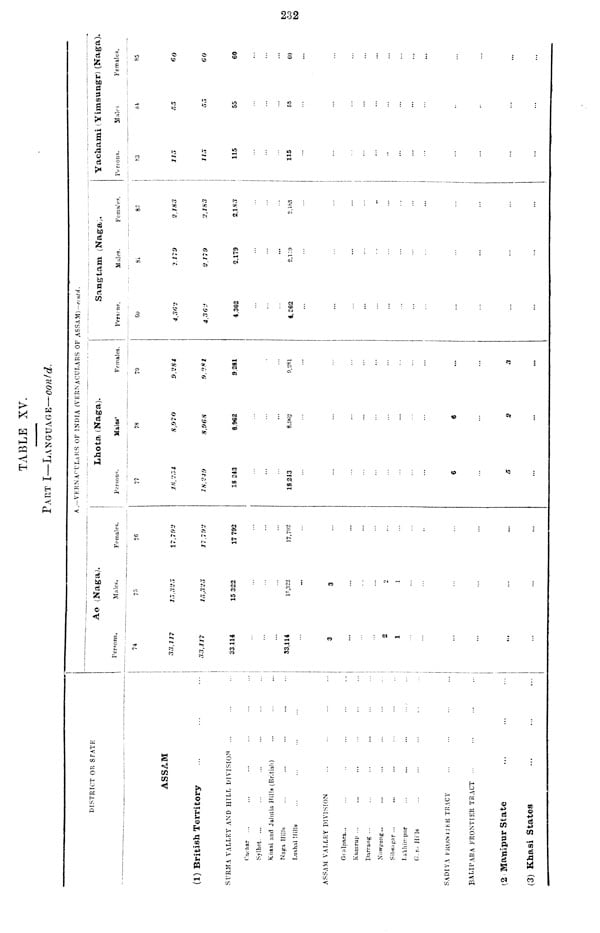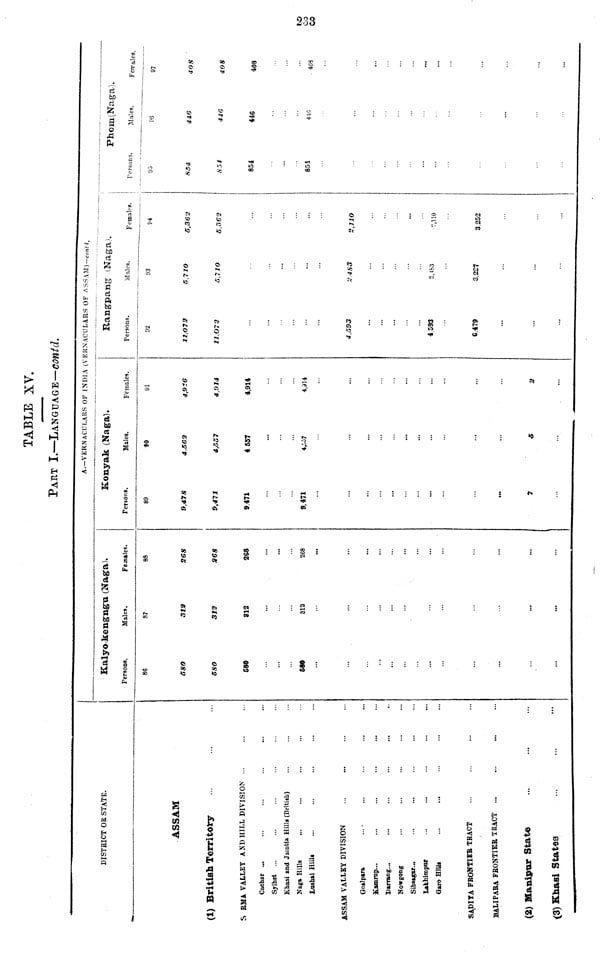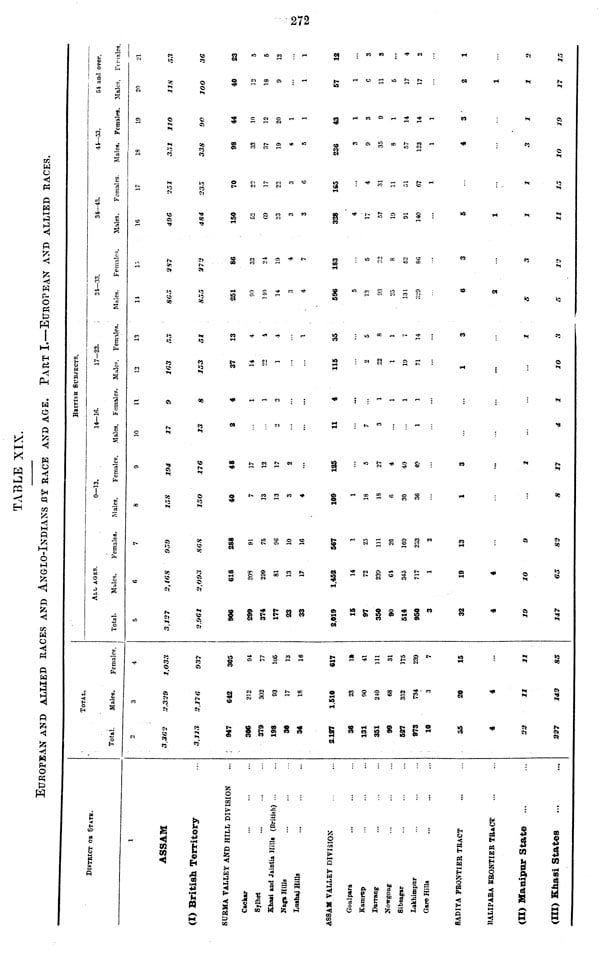
Census of India, 1931 Assam (A Set of 2 Volumes)
Book Specification
| Item Code: | NAZ881 |
| Author: | C.S. Mullan |
| Publisher: | Manohar Publishers and Distributors |
| Language: | English |
| Edition: | 1992 |
| ISBN: | 8185425930 |
| Pages: | 598 (8 B/W Illustrations) |
| Cover: | HARDCOVER |
| Other Details | 11.20 X 8.80 inch |
| Weight | 1.96 kg |
Book Description
The publication of decennial census reports was initiated by the British Government during the middle of the nineteenth century and has been continued after independence. Questions of reliability and bias in the compilation of information as well as motivations which informed the publication of these reports have been raised and are relevant to every user of census reports. Even so, the censuses were often conducted with painstaking efforts and have preserved for us extremely wide-ranging information on the social, economic and political aspects of Indian life.
They contain information on the distribution and age structure of the population; castes and communities, patterns of occupation, patterns of land-holding and tenancy, health, migration, language, and education, etc., to name just a few aspects of the panorama of Indian society. For researchers interested ' understanding Indian life, the reports of the decennial censes compiled by British officers remain, despite the problems of bias, misunderstanding or conscious distortion, an invaluable source of information.
The census reports consisted of two parts: a general social and economic profile and statistical material. The general profile contains an account of the census operations, the geographical and physical features of the area, the ethnography of caste and communities and changes in age-structure, health, education, employment, landholding pattern and tenancy, etc. The statistical part contains data on geography, rainfall, temperature, distribution of population according to different demographic criteria, caste and communities, health, education, employment and migration and landholding and tenancy.
Census reports have, as a rule, been used by demographers, economists and economic historians, and a great deal o this use has been limited to the statistic data contained in them. Sociologists, social historians and political scientists have made very little use of these report These reports provide, particularly in the volumes entitled 'General Reports' which were published separately for each stat( as well as for India as a whole, ethnographic information on castes and tribes, describing their internal organization, social changes taking place, in them, and the emerging problems of interaction among the different castes a communities. Social movements and trends towards social mobility among th, castes and communities are also often discussed. Even from the viewpoint of the sociologists and social historians, therefore, the census reports are invaluable sources of information and provide useful material on how the different sections of Indian society were responding to the processes set in motion( by British rule.
The census reports are today a body rare documents available in only a few select libraries and even these libraries not always have all the available volumes, which in an average census year extended to more than a hundred for the whole of India. This reprint of Part I Report of Census of India 1931 for Central Provinces and Berar is publish( in the hope that it will be welcomed by individual researchers as well as libraries.
Mega billion said a famous librarian of the ancient library of Alexandria mega kakon—a great book is a great evil. A Census Report, must, I fear, by its very nature always be a bulky tome but I can, at least, do one thing to diminish the extent of the evil and that is to make the introduction as short as possible.
There are, however, a few things which must be stated in the introduction to a volume of this nature. In the first place I wish to make it perfectly clear that although this report is a Government publication the views and the deductions therein are entirely my own and I alone am responsible for them ; it is indeed quite probable my views on certain matters, e.g., the unemployment question among the educated classes may be officially regarded as heterodox.
Some reference is also necessary in the introduction to the previous censuses of Assam, to the general procedure of enumeration and tabulation and to the cost of the census. Finally—and this is the most pleasing task—I will take the opportunity to acknowledge the services of the numerous officials and non-officials without whose help and co-operation this report could not have appeared.
The census which was taken on the night of the 26th February 1931 was the seventh census of Assam. The first was held in 1872 when Assam formed part of the old province of Bengal. In 1372 Assam was constituted a Chief Commissioner, ship and remained such until 1905 when it became merged into the province of Eastern Bengal and Assam. During this period three censuses were held—in 1881, 1891 and 1901—and separate census reports for Assam were published for all these censuses.
In 1911, when the next census was held, Assam still formed 'part of ti." province of Eastern Bengal and Assam but as it again became a separate unit in the following year a separate report for Assam was published. The next census was held on the ''18th March 1921—a few months after Assam had become a Governor's province under the Reformed Constitution of 1921—and the present census, as already mentioned, was taken on the 26th February 1931.
A detailed account of the administrative measures taken to bring about the census and to tabulate and compile the results is contained in a separate report known as the Administrative Report on the Census of Assam 1931—a document which is intended primarily for the use of the next Provincial Superintendent of Census.
But it seems desirable, for the information of the general reader, to give a short account of how the census was conducted.
Briefly it was done in this fashion :—The whole province was divided up into blocks and for each block an enumerator—a local man—was appointed. In the plains districts and in those parts of the hills where a synchronous census could be taken each block contained on the average 40 houses. Over the enumerator was a supervisor who was in charge of a circle which was a compact group of from 10 to 15 blocks or from 400-600 houses and above the supervisor was a Charge Super-intendent who was responsible for the census of his Charge which might contain from 10 to 30 circles.
Charges and circles generally'corresponded to well-known administrative units : Thus a thanes or a group of mauzas might form a charge and a chaukidari circle or mauze might be a circle : everything depended on local conditions and local convenience.
In the remoter hill areas where a synchronous census could not be held, blocks were much larger and a slightly different procedure had to be observed full details of which will be found in the Administrative Report.
Book’s Content and Sample Pages